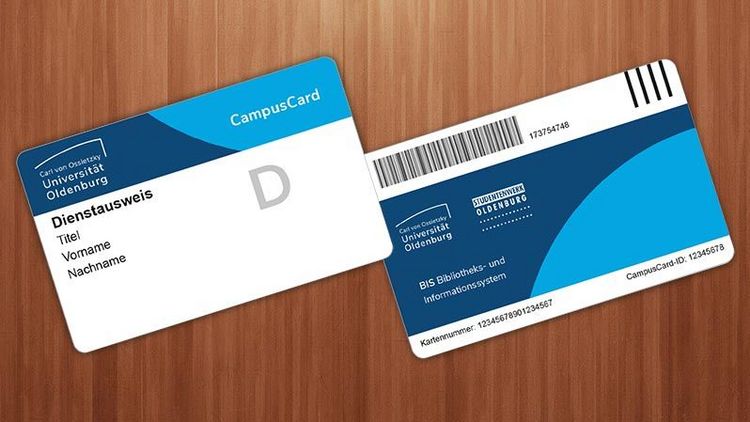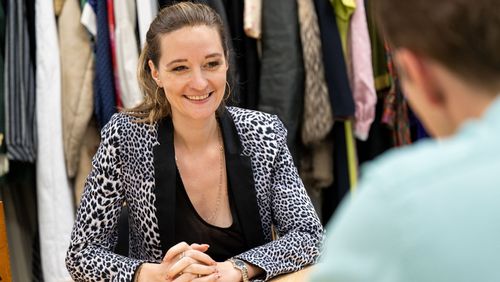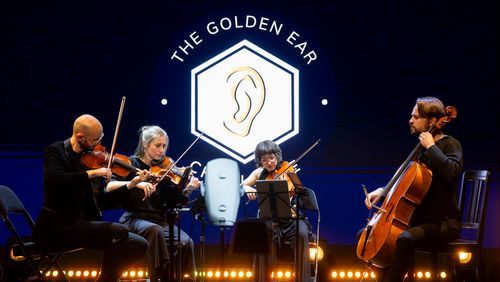Featuring numerous functions – including staff ID card, electronic time tracking, building and room access and electronic payments – the new CampusCard brings many advantages for its users. What changes with the new card, and how does it work?
All the university's employees will receive a letter in the next few days containing their CampusCard – a staff ID card in credit card format and featuring the University's colours. "First and foremost, the CampusCard is a staff ID card that clearly identifies the user's affiliation with the University," explained Jörg Stahlmann, Vice President for Administration and Finance. "But it also features many other practical functions that will progressively become available to employees from mid-September on."
The CampusCard will gradually replace the black and green chip cards that have been used up to now for time tracking, access and multifunction printers. "Employees can use up to eight functions with their card, whereas the chip card that had been in use up to now only featured three," Stahlmann explains. The key functions for all employees are printing, copying, scanning and electronic access. For employees in technical support and administration, the CampusCard also features electronic time tracking. "Users can also top up credit on the card's 'electronic wallet' and use it to make cashless payments in the university's canteens. In addition, the CampusCard can be used as a library card and to operate lockers," said Stahlmann.
For students, the CampusCard is already an integral part of university life. Stahlmann is confident that employees will quickly get used to using it, too. "And those wondering how to best carry the card around with them should stop by at the service points on the Haarentor and Wechloy campuses, where they can pick up a protective cover and a fastener such as a lanyard for free when they show their staff ID card."
Data protection a top priority
Compliance with data protection regulations was also a top priority for the university when introducing the CampusCard system. From the very beginning, ensuring the security of personal data was a key objective for those in charge of the project. "The colleagues from the Data Protection and Information Security Management office guided and supported this large project right from the start. The configuration of the data ensures that only information which is required for the function currently in use can be accessed," the Vice President stressed. The configuration of the data ensures that only information which is required for the function currently in use can be accessed
The card's chip contains only those code numbers that are necessary for using the individual functions and which enable encrypted connection to the systems running in the background. These automated background processes have also been designed to ensure privacy. So the new staff ID card not only offers additional functions, but also fulfils the highest data protection requirements.
More information
The university has set up a website for CampusCard users: https://uol.de/en/employees/campuscard-staff-id-card. Employees can find answers to further questions about the card here, including when they will be able to start using their card and for which functions.






